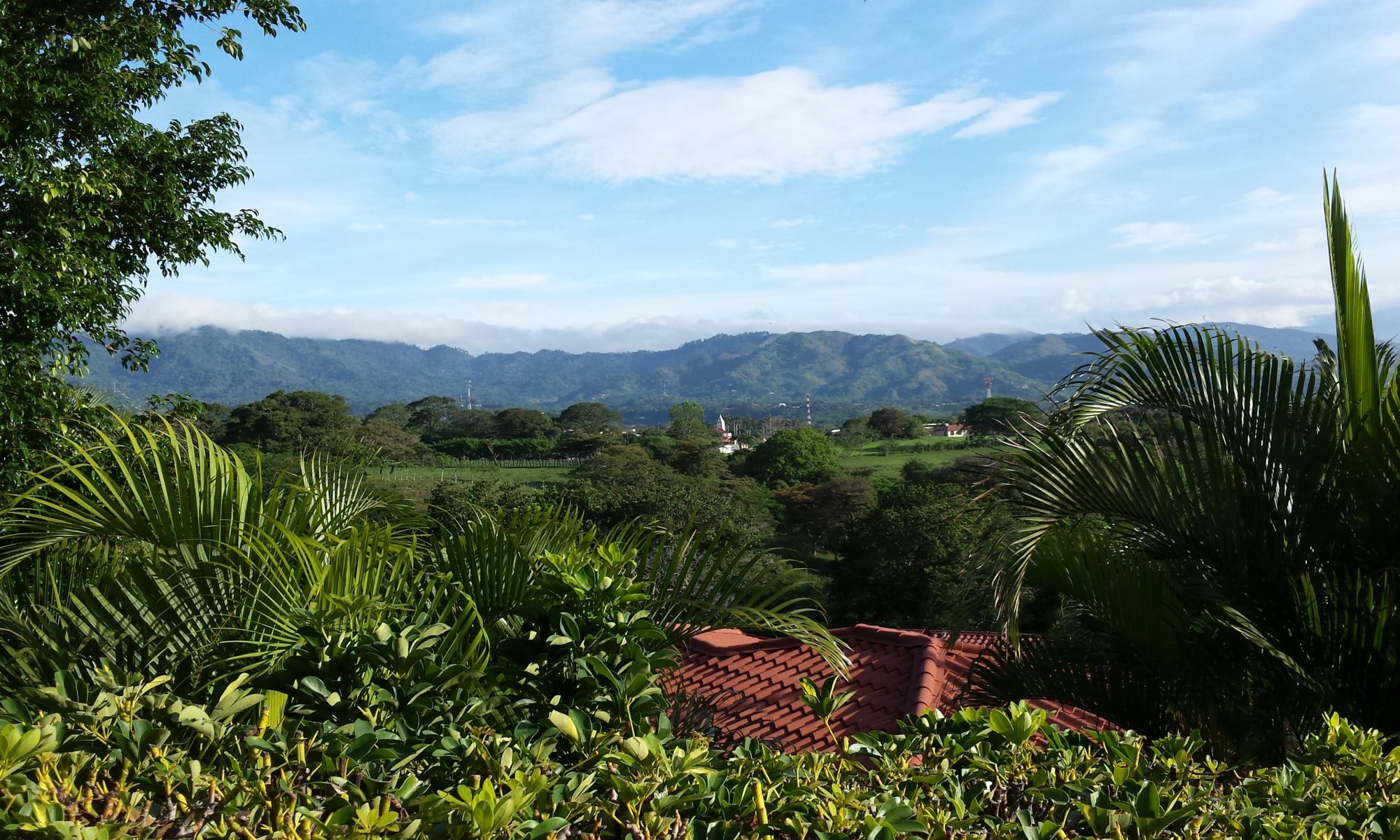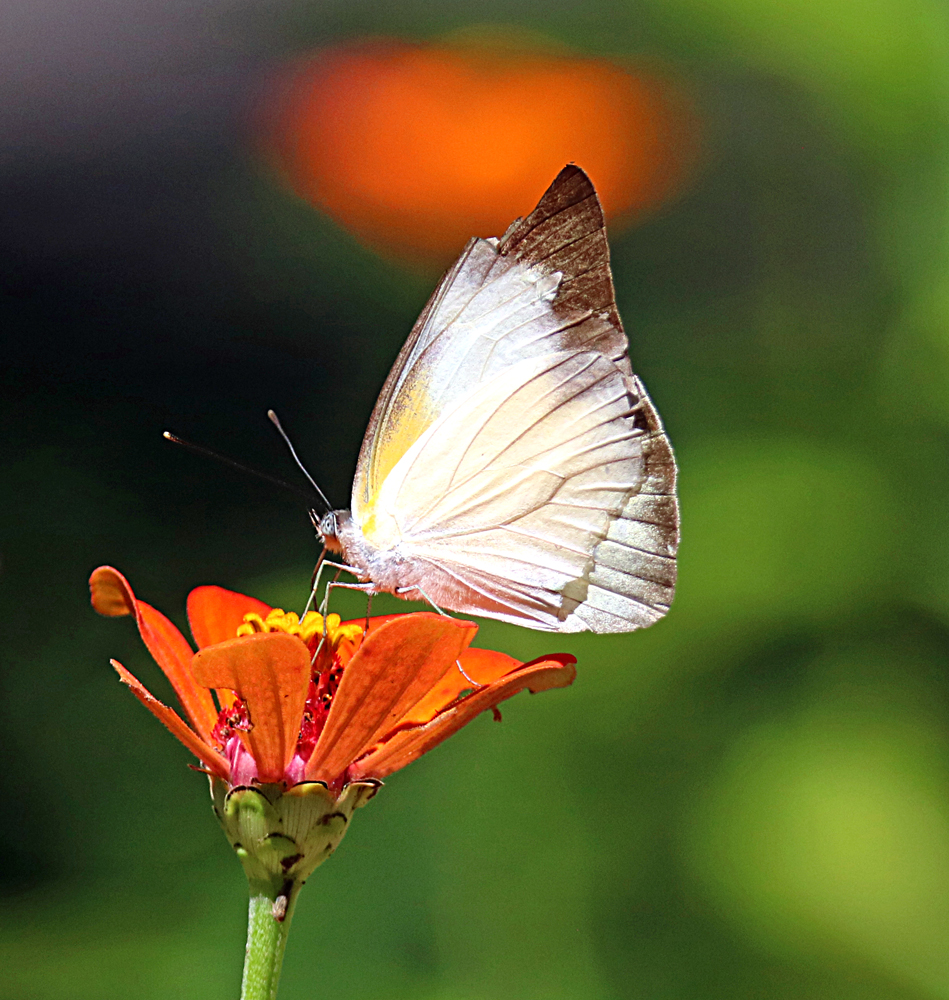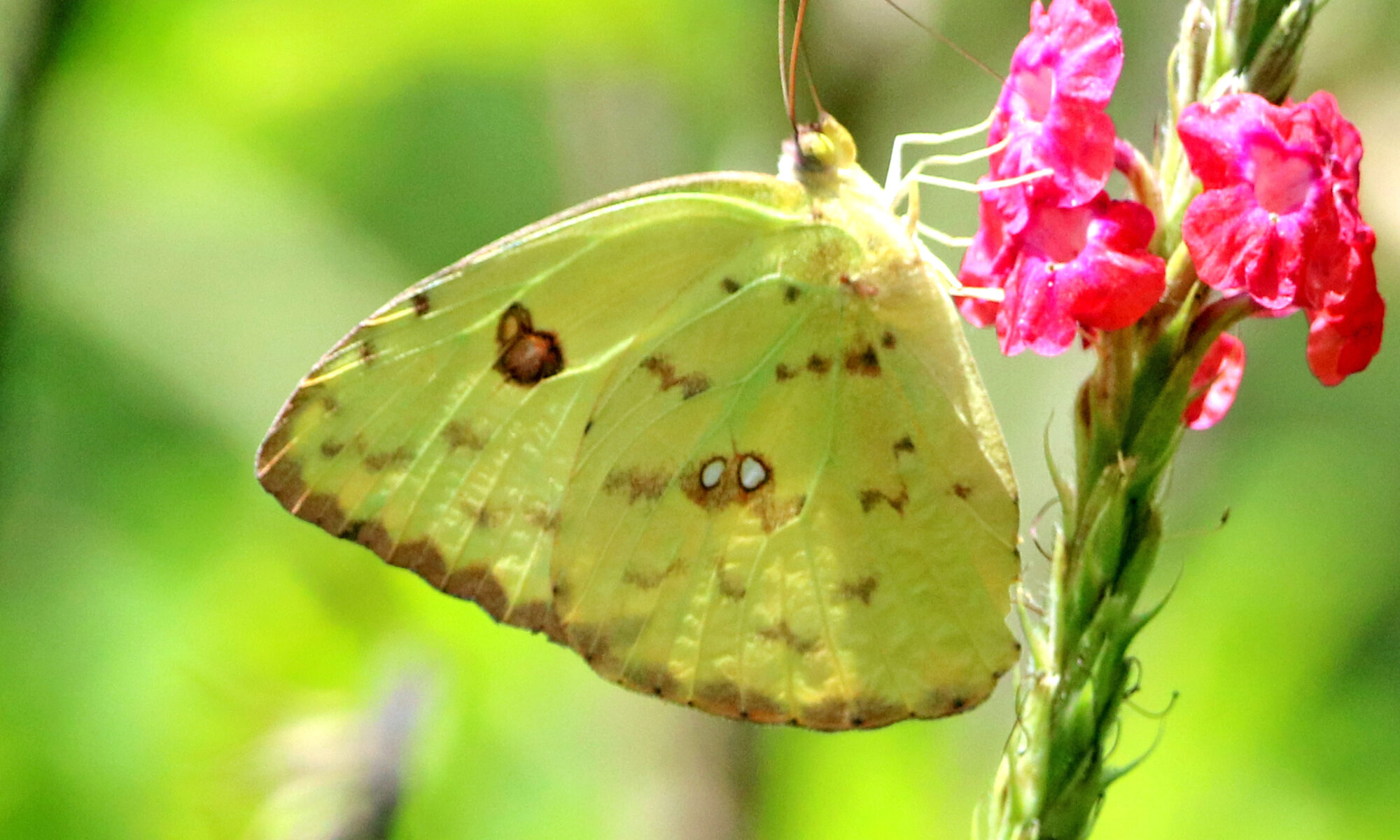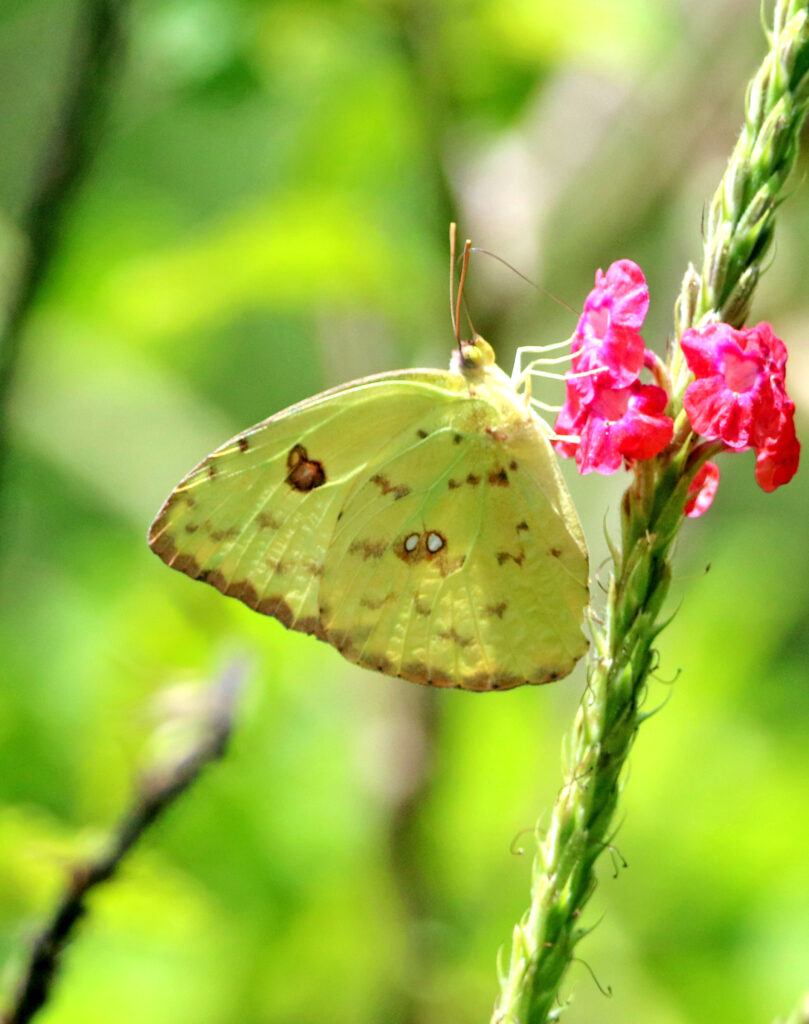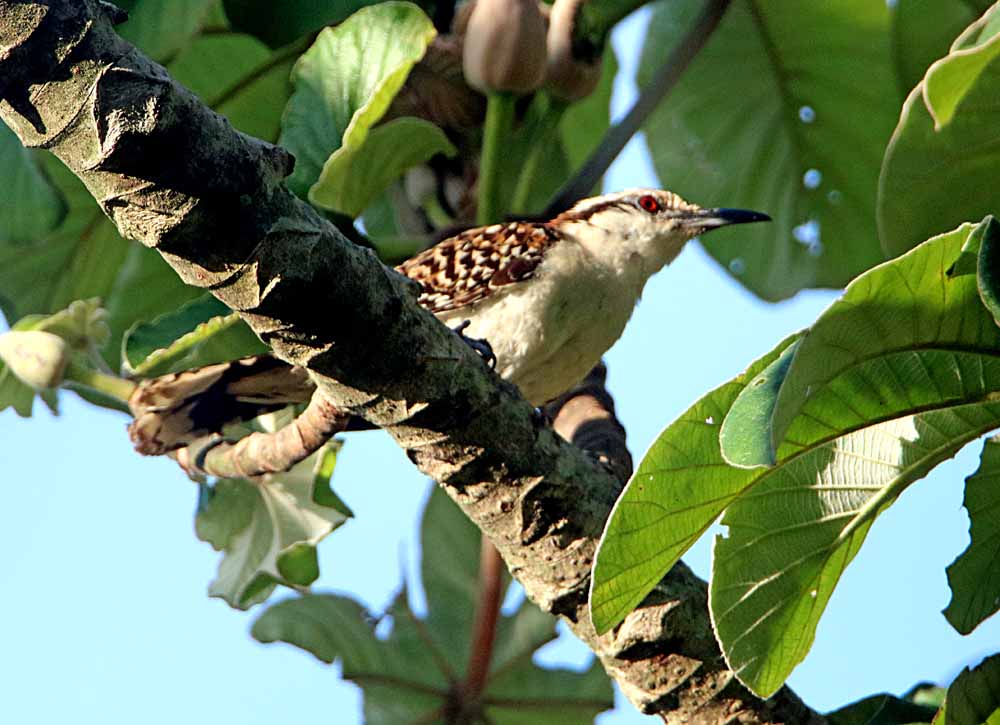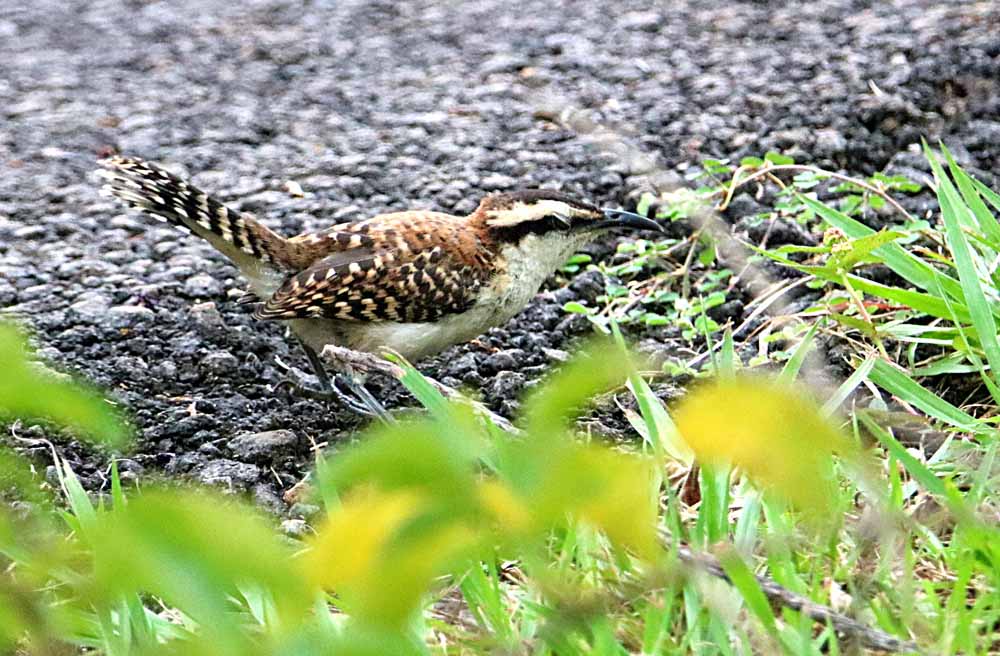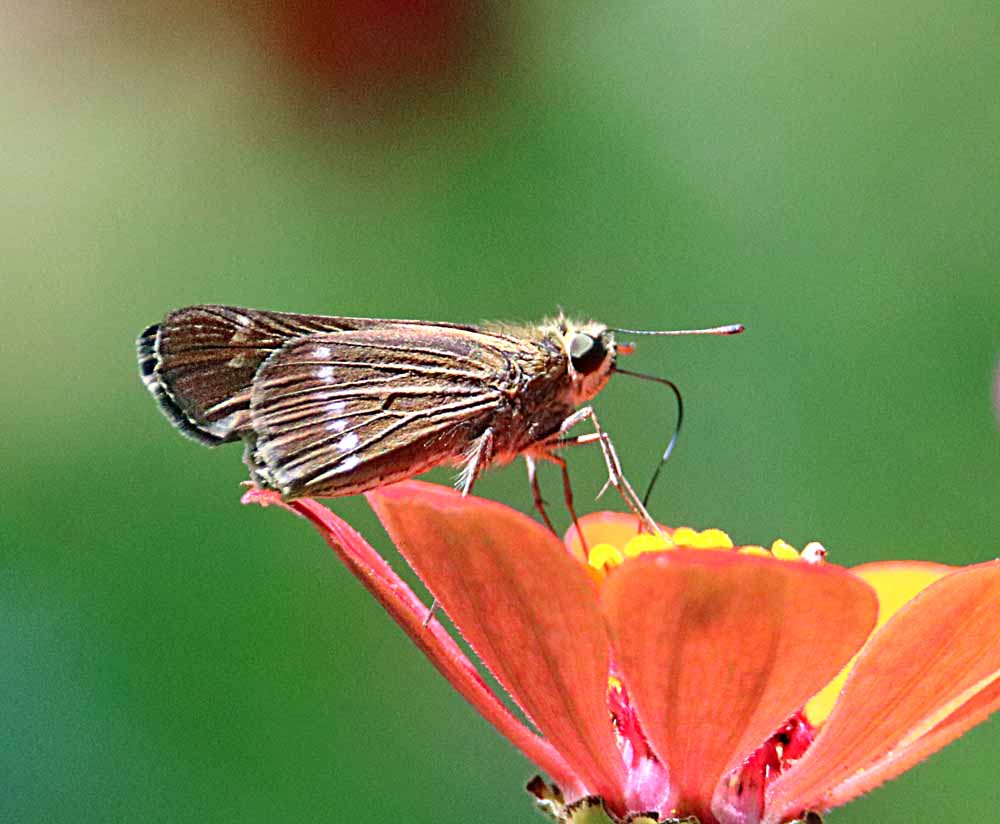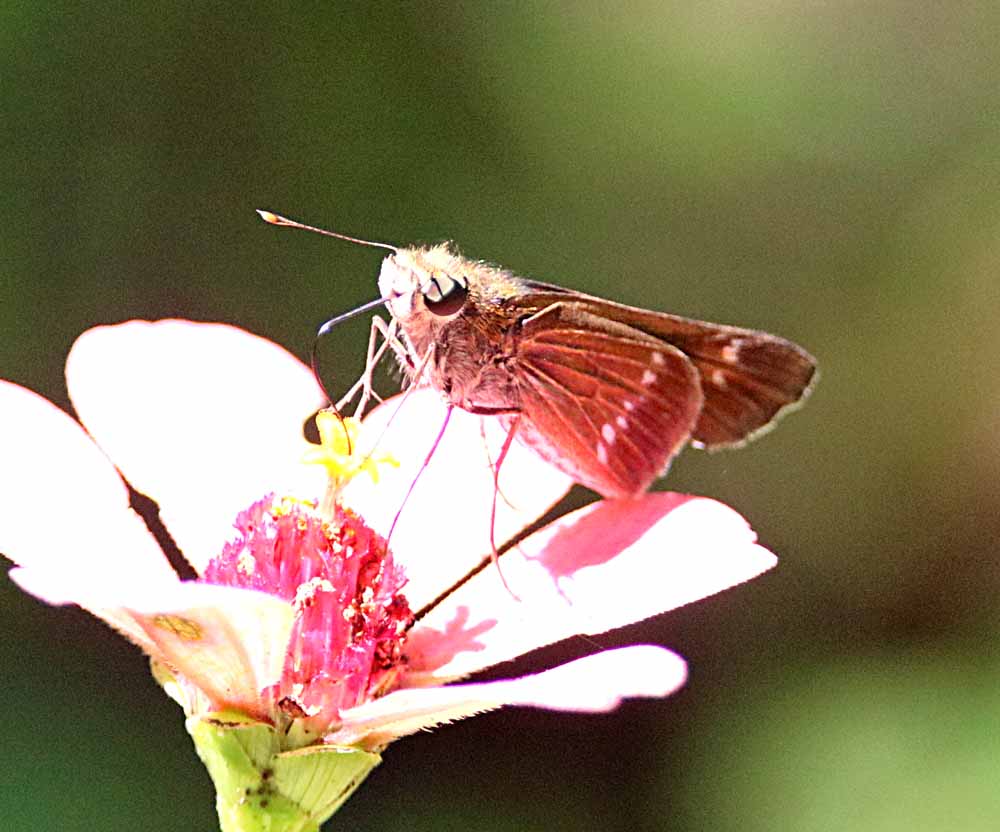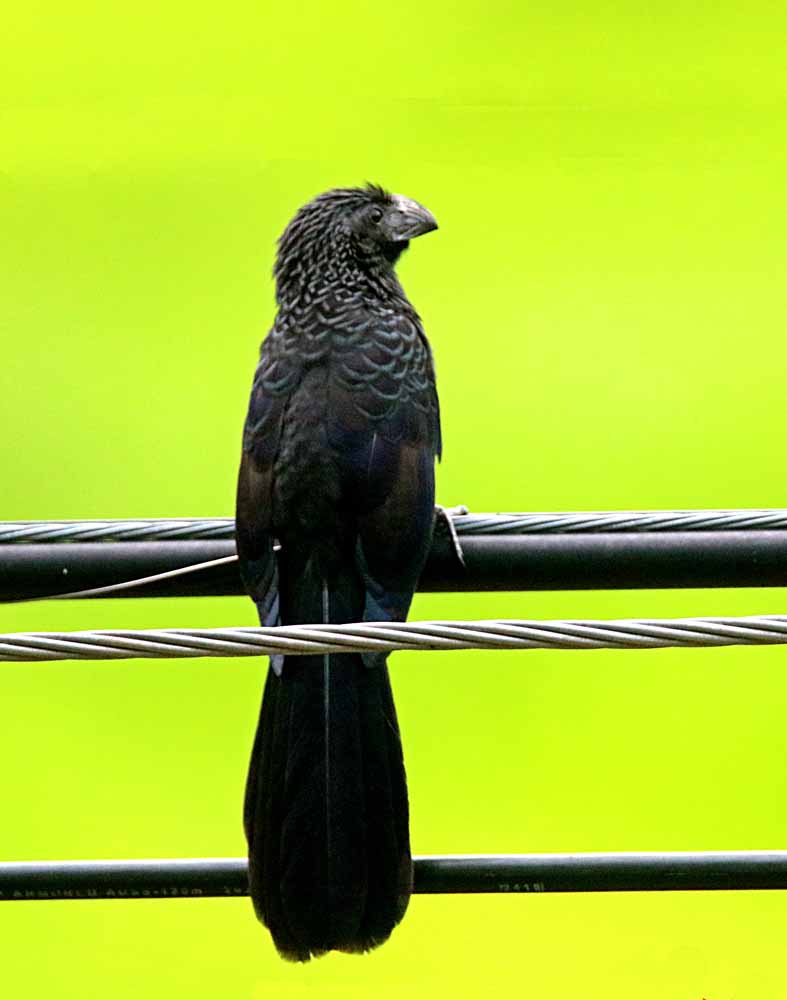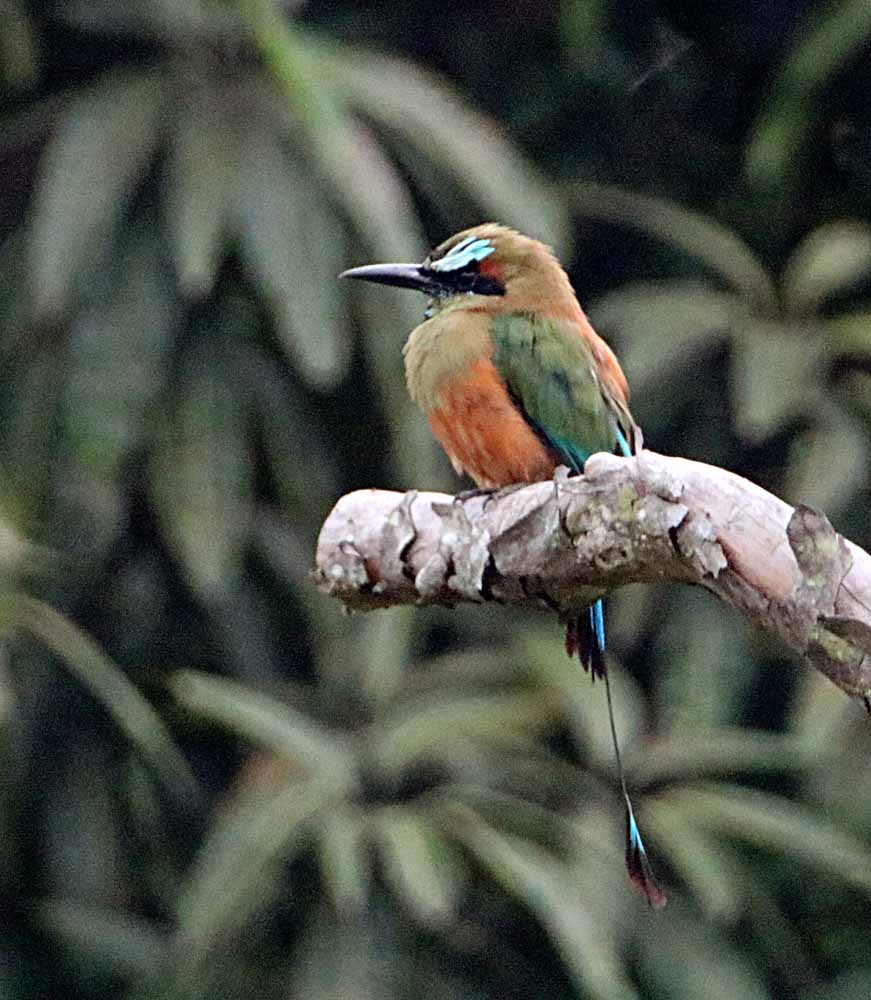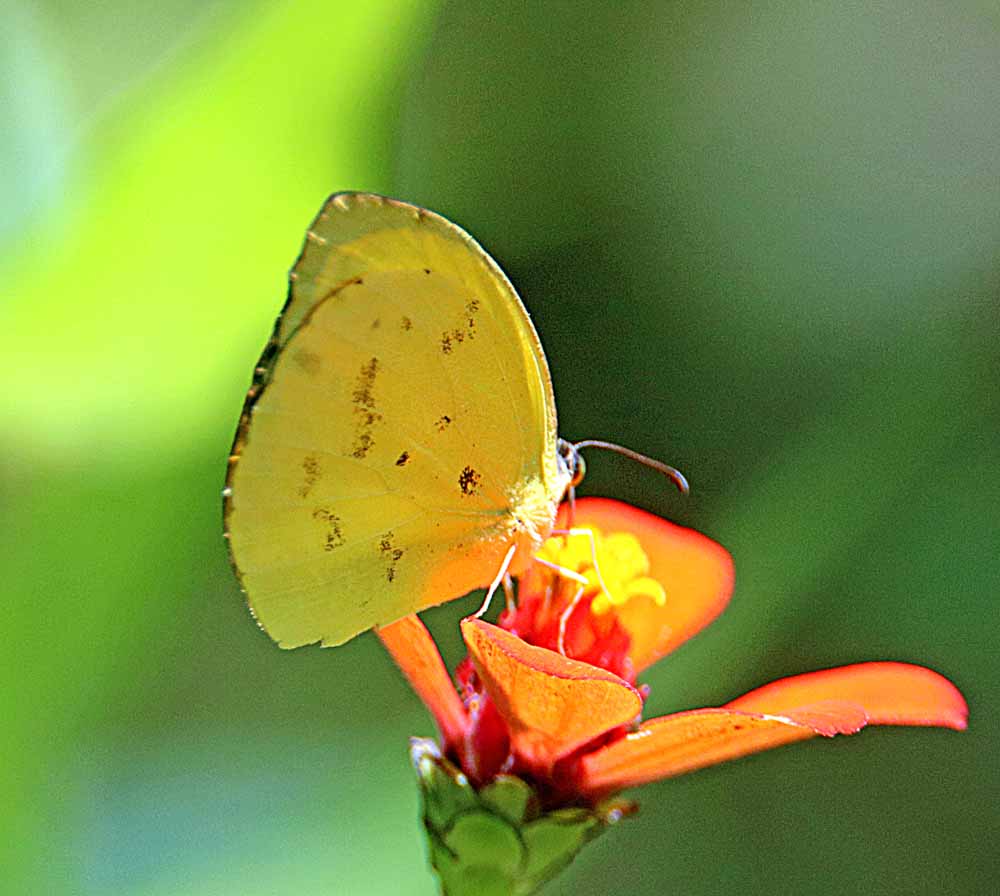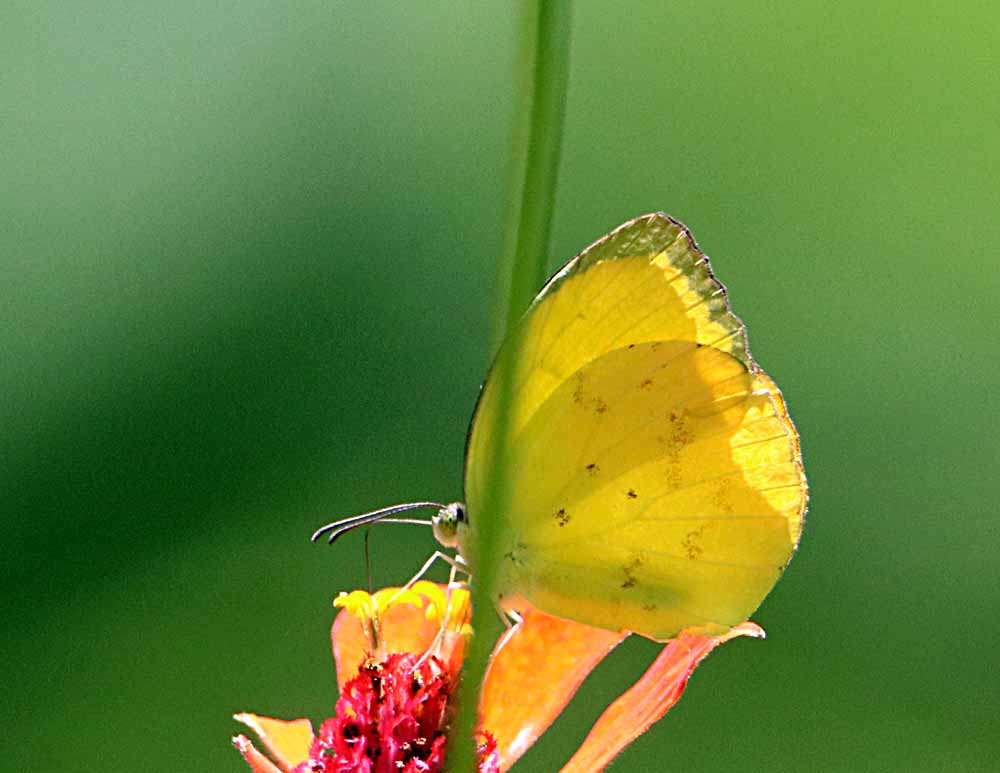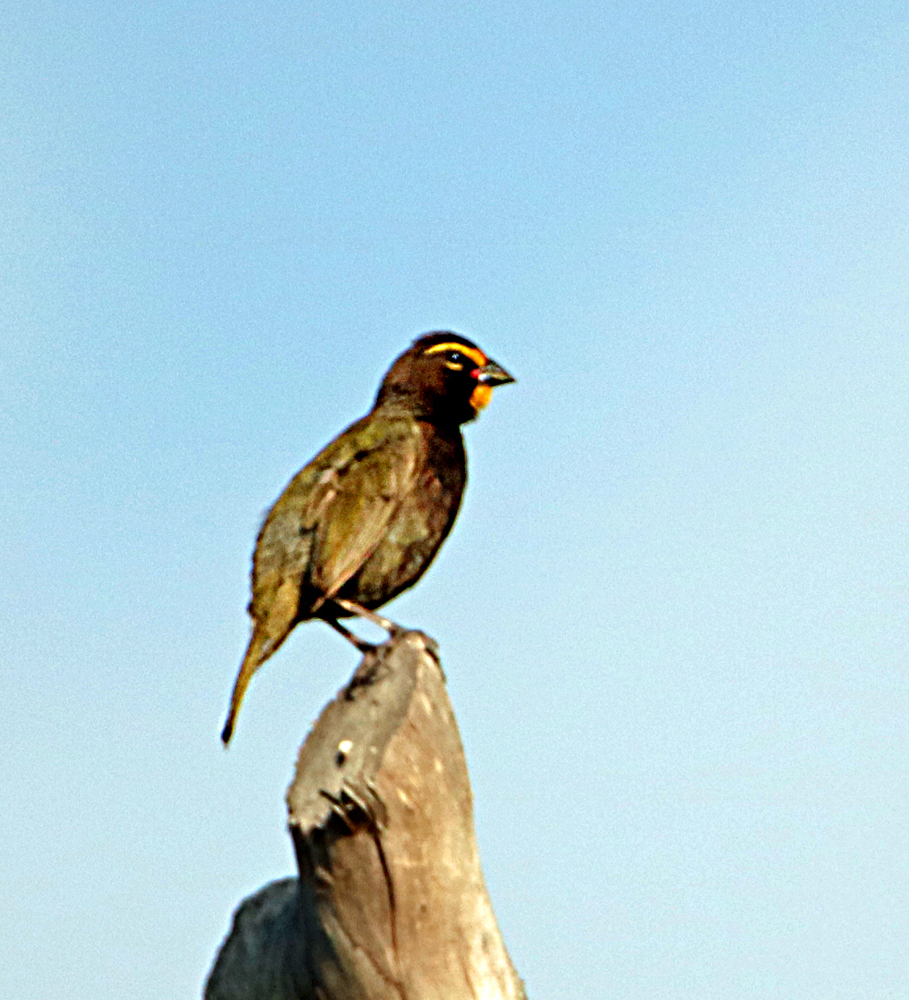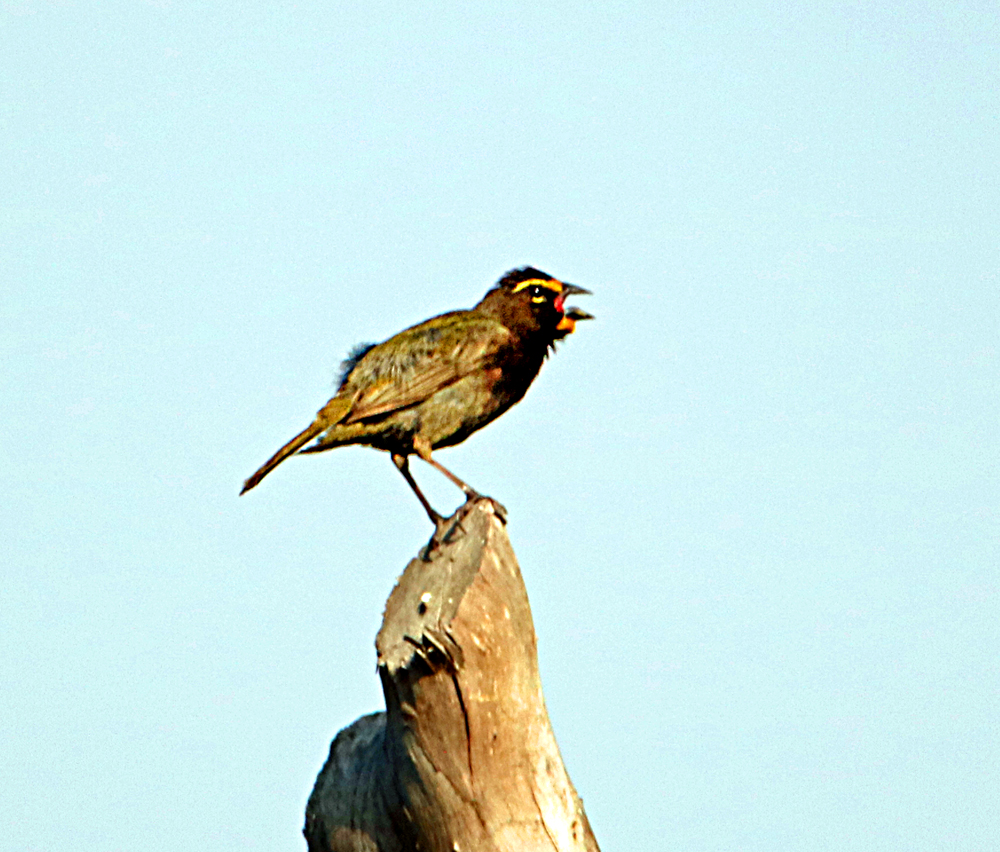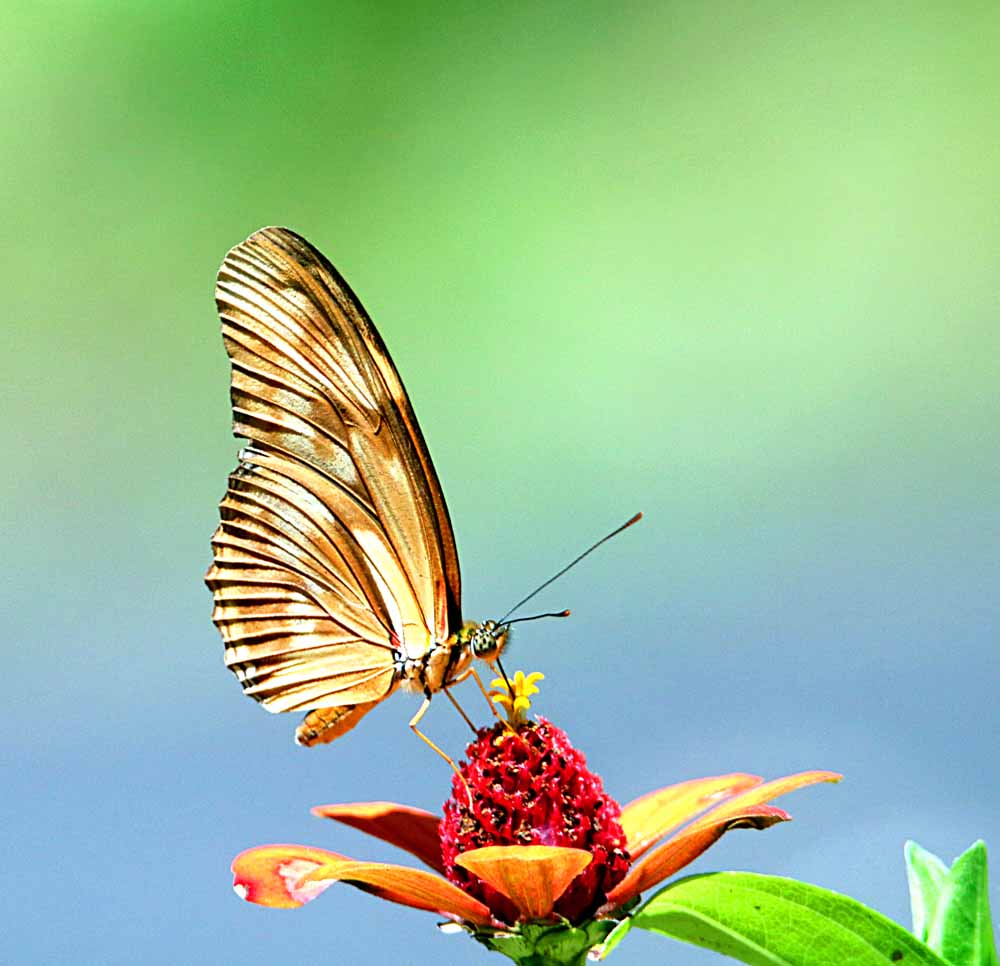. . . is one of the many birds I loved discovering on that first trip to Costa Rica in 2009 and still smile every time I see one! This one sort of looks like a little guard watching over my garden! 🙂 See more of my photos of this charming CR bird in my GALLERY: Tropical Kingbird, Tyrannus melancholicus. Including that first one at Lookout Inn, Carate, Corcovado National Park and another one on that same trip in Puerto Jimenez. 🙂
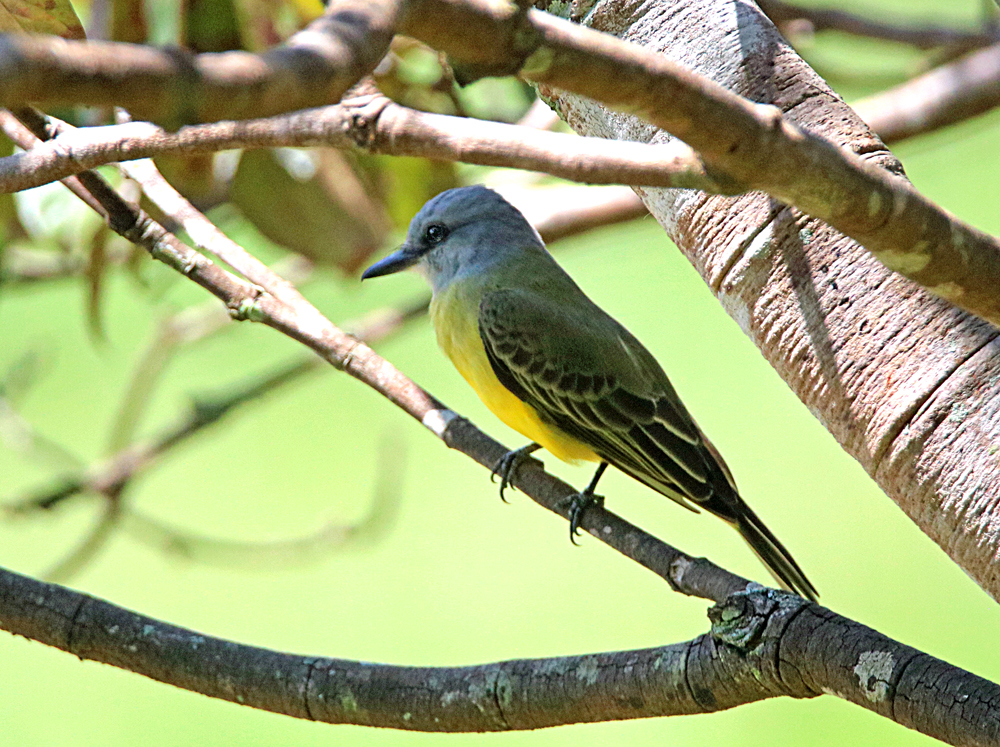
¡Pura Vida!
Continue reading “Tropical Kingbird . . .”